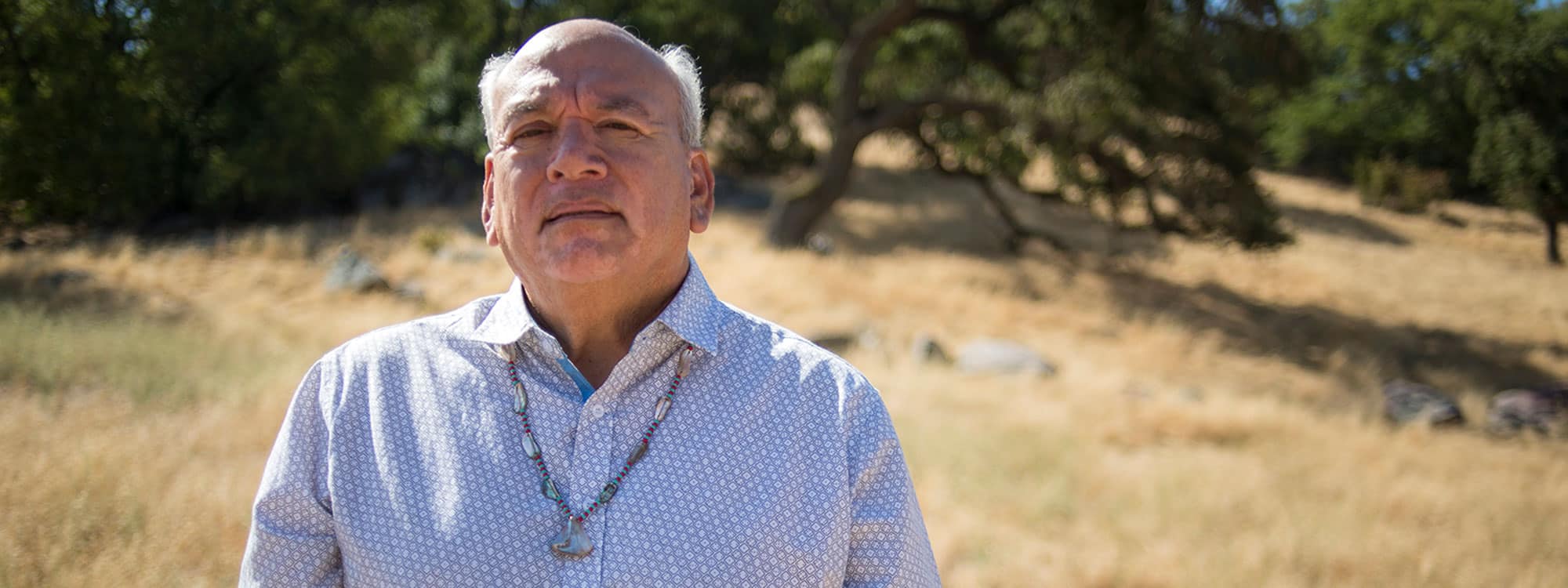Coyote Valley, just south of San Jose, is an open space gem unlike any other—a 7,400 acre network of natural and agricultural lands at the urban edge of the 10th largest city in the nation. From proposals for technology campuses to sprawling subdivisions to warehouses, the future of Coyote Valley’s open space has long been in jeopardy. For decades Greenbelt Alliance and our partners have worked to protect the valley from these development threats.
This year the tide in Coyote Valley has begun to turn from pro-sprawl development to conservation. With leadership and support from our partners at the Committee for Green Foothills, we worked nonstop to defeat a proposed warehouse development on a 30-acre area now known as Fisher Flats. Ultimately, our advocacy helped convince the property owner to sell this valuable land for conservation purposes rather than pursue sprawl development plans. Peninsula Open Space Trust acquired Fisher Flats along with the 63-acre Ramke property. These acquisitions are just one example of how Greenbelt Alliance’s advocacy can result in permanent protection of critical lands in Coyote Valley.
Why Preserving Coyote Valley is Important for the Bay Area
The land in the valley’s north is particularly rare and valuable. “It’s been called Coyote for thousands of years,” says Valentin Lopez, chair of the Amah Mutsun Tribal Band. The valley was once part of a vast and thriving Native American region, and at its heart was a village site called Matalan—or Coyote. The Tribal Band and the Muwekma Ohlone Tribe share Coyote Valley as ancestral lands. They seek to restore it and re-establish wildlife, grow native plants, and teach people the values and the stories of this unique place.
Its wildlife corridors, agriculture, and recreation value are a few more reasons Coyote Valley must be preserved. The land is home not only to coyotes, but also to birds, bobcats, and foxes, and in the future, many hope, tule elk will return to the area. Coyote Valley is also hugely important to Silicon Valley’s groundwater. It is the largest undeveloped landscape overlaying Silicon Valley’s groundwater aquifer, and it serves to mitigate flooding. This is a one-of-a-kind landscape in the Bay Area, making it critical to our environment, our economy, our history, and our future.
What’s Next
Unfortunately, San Jose’s long-term plans call for the northern portion of Coyote Valley—the most important in terms of water resources and wildlife—to be developed. Greenbelt Alliance and our partners will continue to work with the community and leaders to ensure that the City recognizes how important Coyote Valley’s environmental services, wildlife habitat, and agricultural abundance are to the Bay Area. We will encourage the City to make decisions to protect Coyote Valley and integrate it into San Jose’s broader vision of environmental sustainability.
Our Impact
Greenbelt Alliance’s work over many decades to oppose development proposals in Coyote Valley has made possible the victories that are emerging today. It is because of our advocacy and collaboration with partners that Coyote Valley is there to preserve.
Pledge your support to stop sprawl in Coyote Valley by signing our petition here.
Photo: ©Michael Pham





